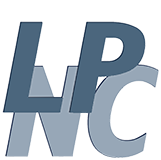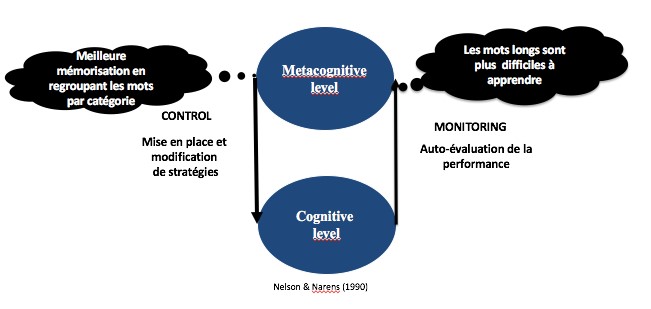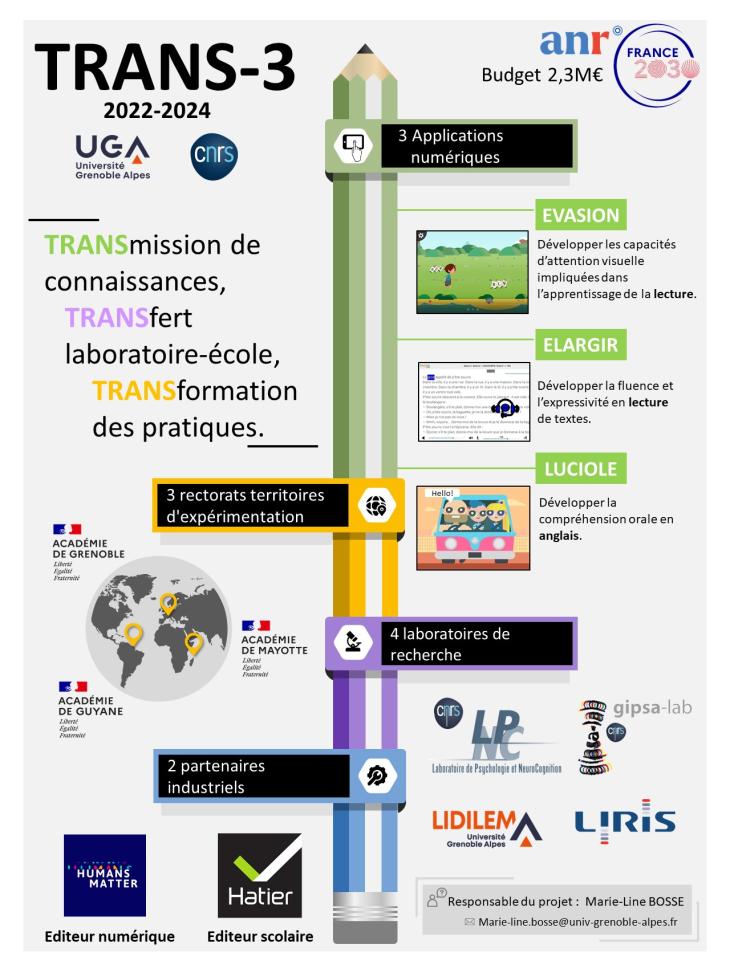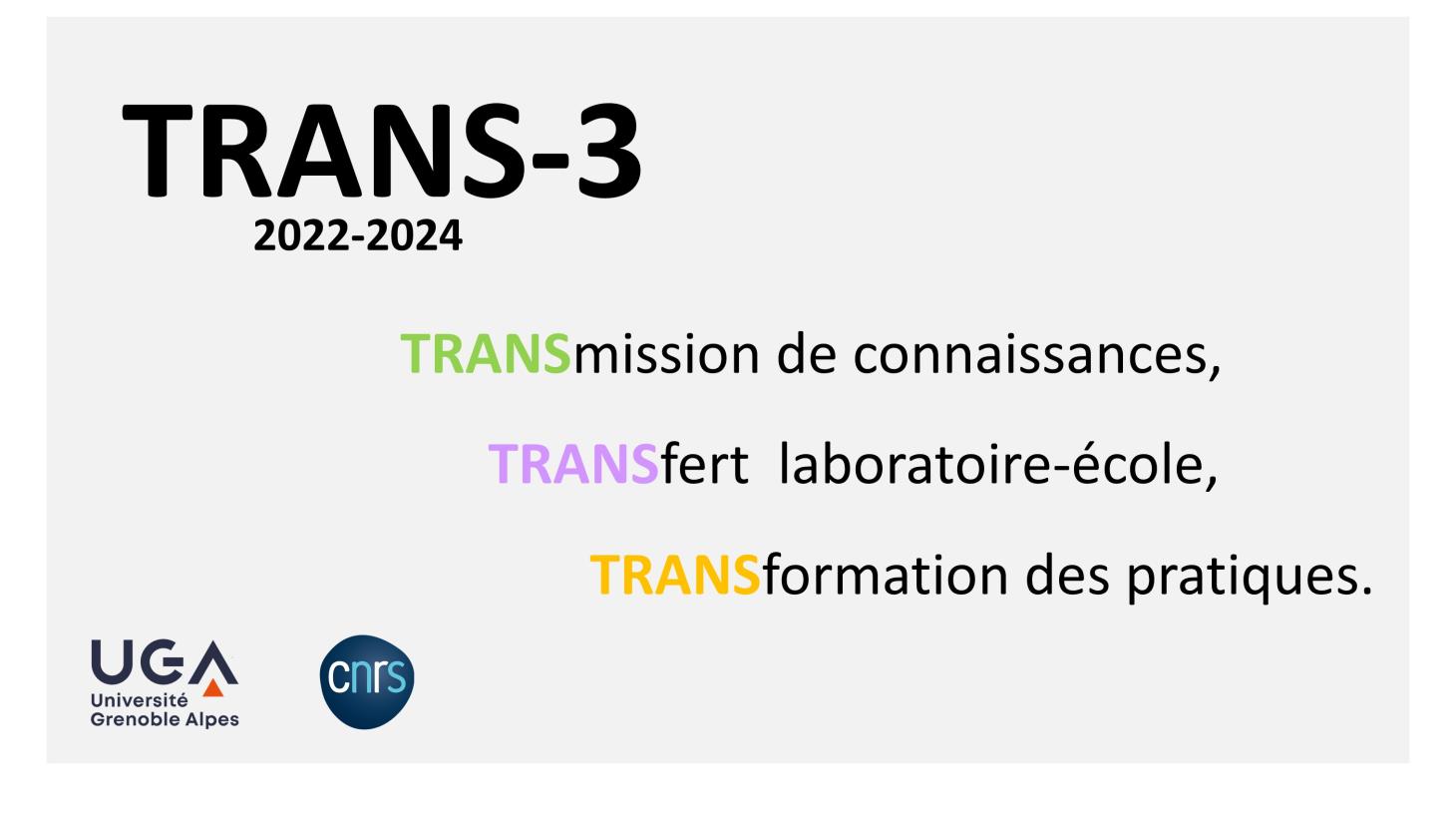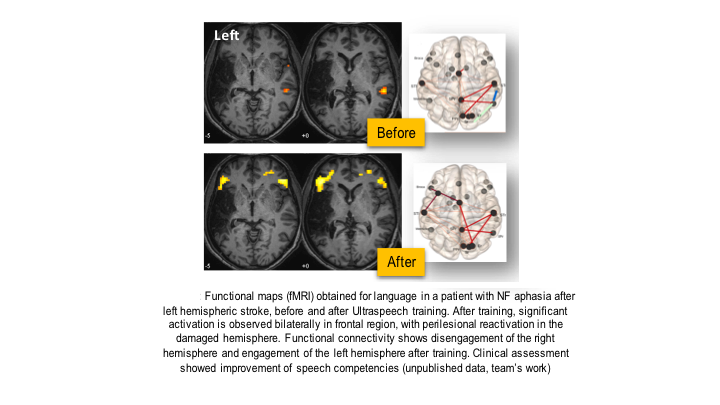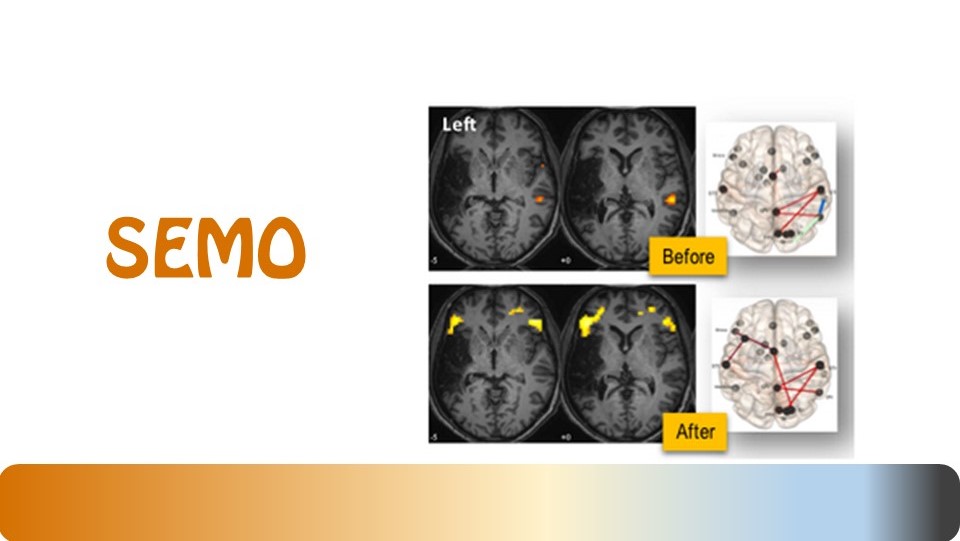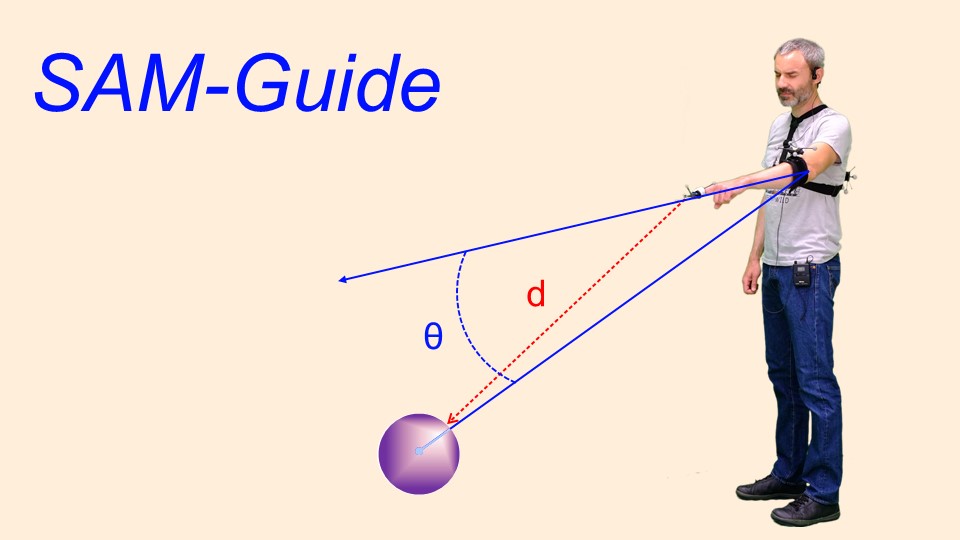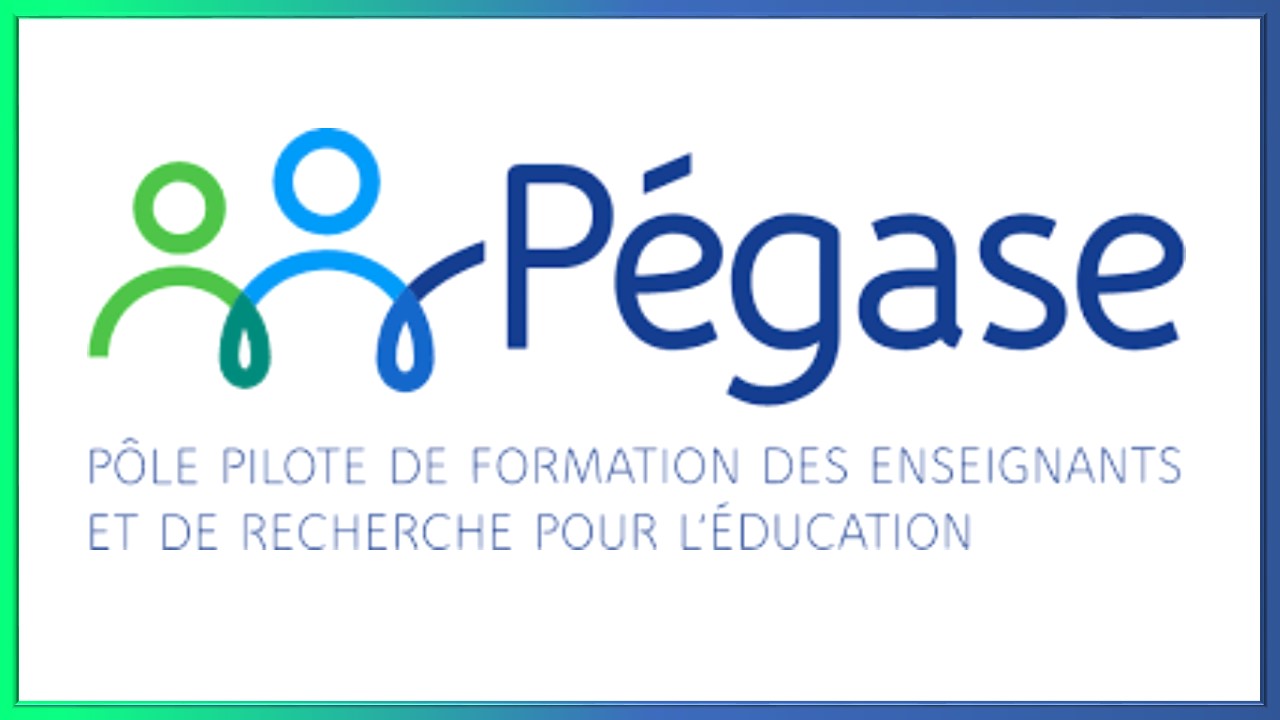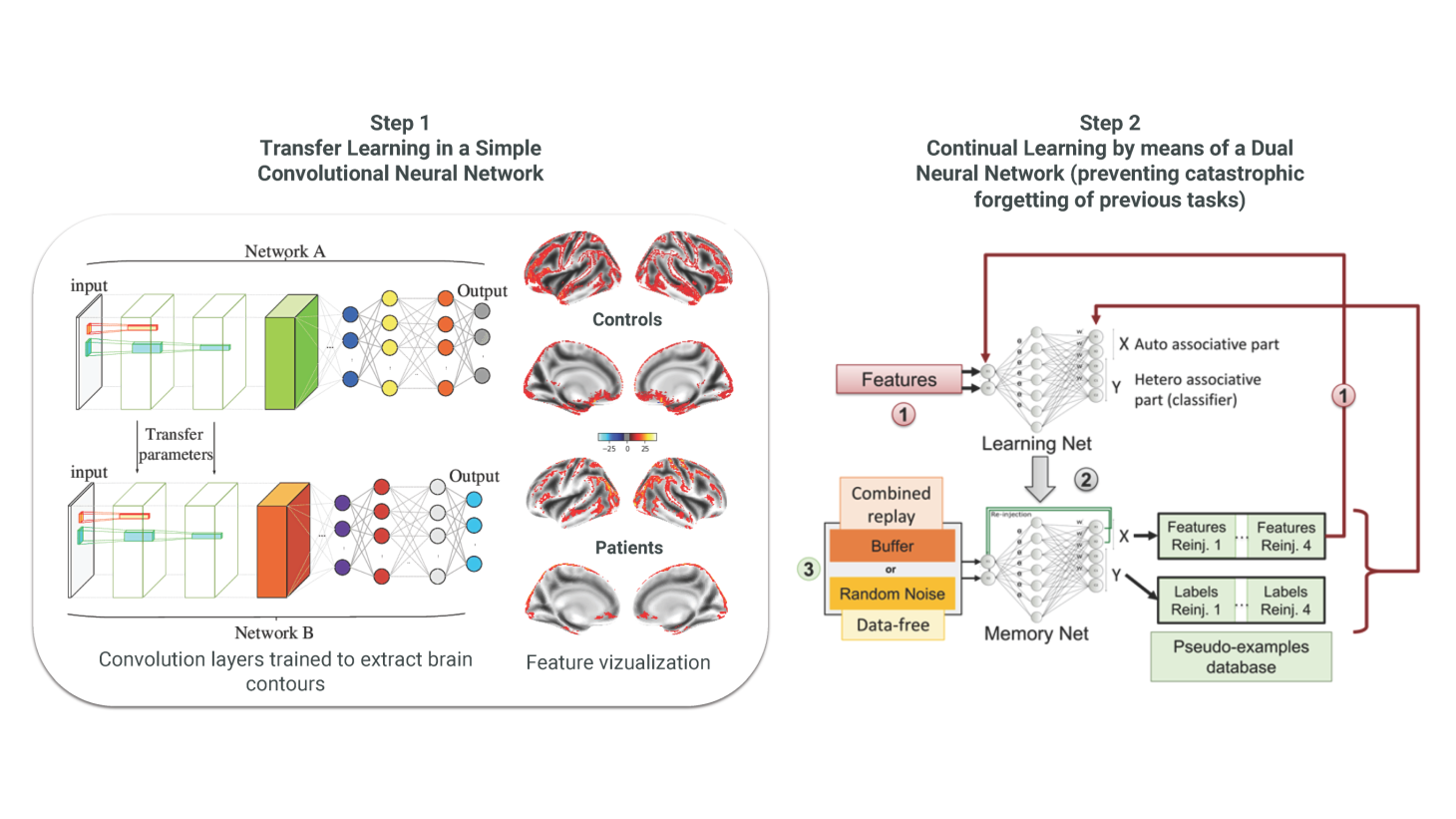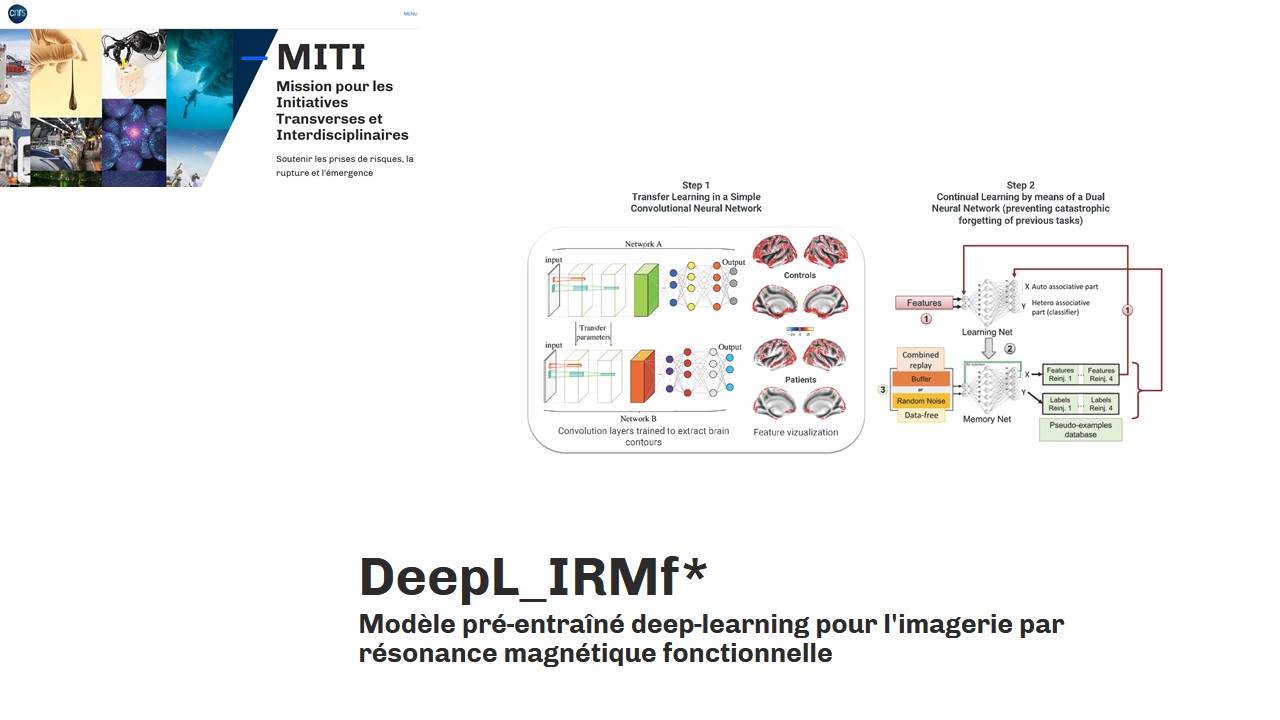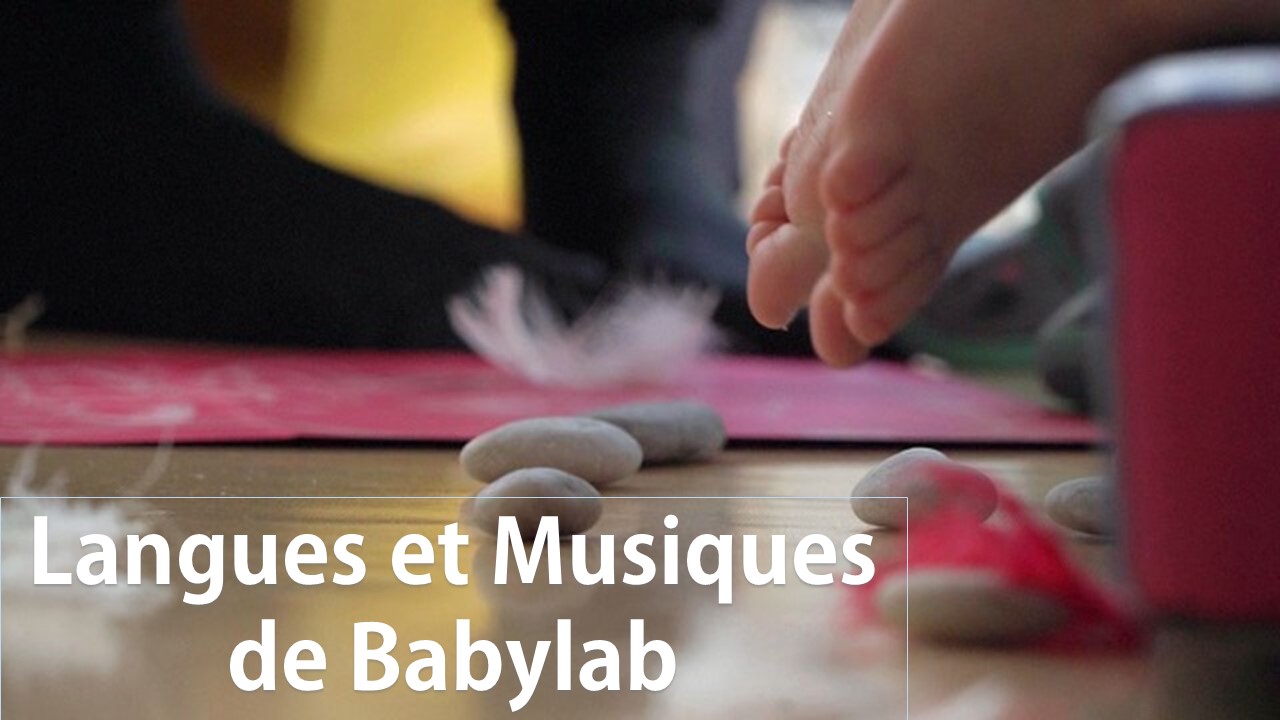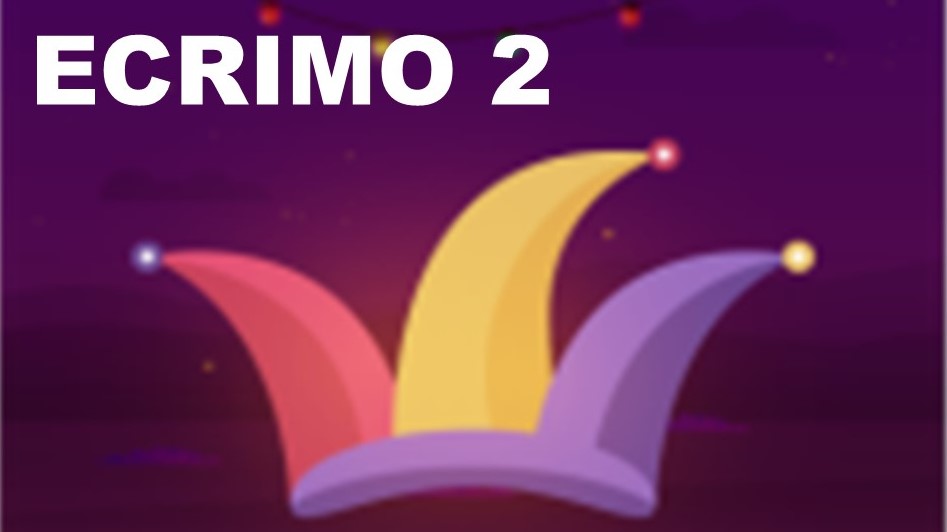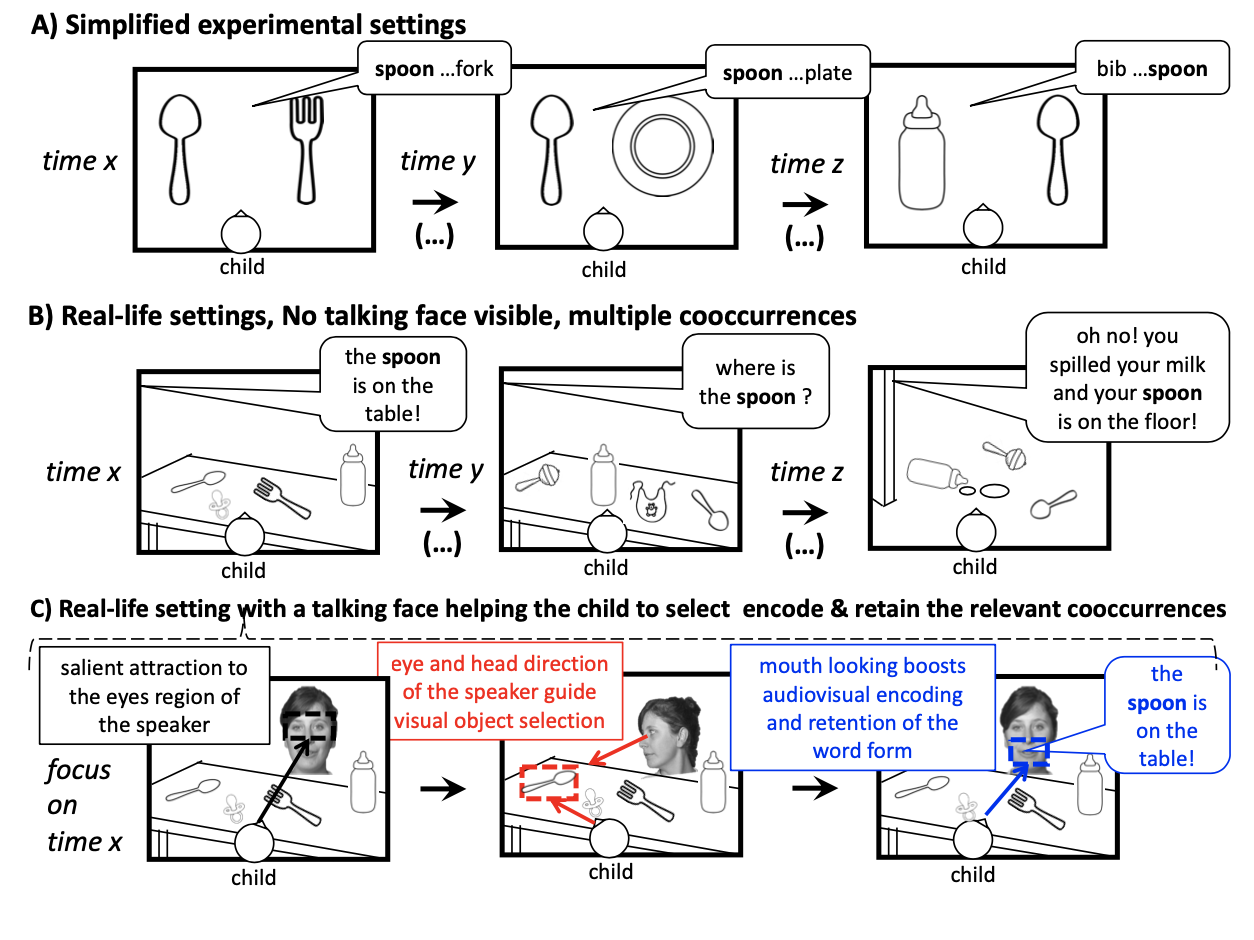This project aims to reduce difficulties in learning to read and write in the first year of primary school (CP) by promoting 2 practices recognised as effective: encoding and targeted activities carried out with small groups of at-risk pupils. ECRIMO is an application designed to encourage independent encoding practice and enable teachers to work more often with small groups of pupils. An initial prototype for a tablet was developed as part of a previous project. It will be improved through collaborative research with a team of 5 teachers. Its usability and acceptability will be measured and optimised between the 1st prototype and the final product. Its effectiveness will be tested in 2 phases, on pupil progress and also on teaching practices (particularly the frequency of activities in small groups). Finally, the project will also answer the question of the value of gamification for this type of application.
General situation and problematic
The first year of learning to read (cours préparatoire, CP) is a key stage in later academic success (e.g., Cunningham & Stanovich, 1997; Nordström et al., 2016; Sprenger-Charolles et al., 2009). In France, the acquisition of the alphabetic code is expected to be complete by the end of CP (MENJ, 2018), but too many pupils do not achieve these objectives: almost 30% of them enter CE1 with fragile reading skills (Andreu et al., 2019). It is therefore essential to look at ways of improving this learning process. Research has established robust data on the effectiveness of certain teaching practices (Castles et al., 2018; Torgerson et al., 2019), in particular the practice of encoding (e.g., Henbest & Apel, 2017) and daily actions of specific help for fragile pupils, in small groups (e.g., Ehri et al., 2001). However, these practices are struggling to develop in the classroom. Following a co-design approach involving researchers and teachers (Cèbe & Goigoux, 2018; CSEN, 2021; Gentaz, 2018) is one way of developing resources to encourage changes in practice.
We want to co-design a tool for the CP class that will enable school teachers both to get children to practise encoding on a regular basis, and to set up time in their class for independent work in small groups, in order to take targeted action with vulnerable pupils. It is expected that the combination of these two practices will significantly reduce difficulties in learning to read and write in CP.
An initial version of this tool was developed as part of Cynthia Boggio's CIFRE thesis (due in autumn 2021), directed by Marie-Line Bosse and Maryse Bianco in collaboration with Editions Hatier. The co-design approach proposed by Cèbe and Goigoux (2018) has been adopted. Some stages of the approach have already been carried out, enabling usability and acceptability criteria to be validated in the classroom. However, the current tool is not yet satisfactory in terms of effectiveness. The aim of the project is to continue the process in order to produce a tool with clearly demonstrated effectiveness for learning written language in first grade.
Scientific arguments for the project
Encoding, for beginning readers, corresponds to the action of segmenting a word into sub-lexical units (phonemes or groups of phonemes) and matching them with letters (produced by handwriting, keyboard, movable letters, spelling, etc.). Offering such exercises at an early stage of learning is highly beneficial to literacy acquisition (e.g. Ehri, 1989; Henbest & Apel, 2017; Weiser & Mathes, 2011), particularly for young readers with difficulties (e.g. Ise & Schulte-Körne, 2010). However, this encoding activity is practised in CP only 54 min per week on average, with considerable variability (15% of classes devote only 34 min to it, Goigoux, 2016). The ECRIMO2 project aims to increase the weekly time devoted to encoding in the CP class.
Numerous studies have demonstrated the importance of working in small, homogeneous groups to help pupils with learning difficulties. For example, the meta-analysis of the National Reading Panel (Ehri et al., 2001) shows that phonological training is more effective in small groups. However, small-group teaching is also rare in CP classes (Goigoux, 2016), even though it has recently been encouraged by the smaller class sizes in REP-REP+.
In an attempt to jointly promote these two practices that are recognised as effective in CP (encoding and specific help in small groups), an application offering encoding exercises on touch tablets seems an interesting solution. In fact, encoding is a silent exercise (the child writes) and digital technology can be used to automatically generate various aids (e.g. immediate feedback) that enable encoding to be carried out completely independently. While some of the pupils are working independently, the teacher can lead an activity with the small remaining group.
However, the added value of digital technology can sometimes be debatable (Amadieu & Tricot, 2014) and warrants very careful design of applications. Several analyses suggest that new technologies have a positive but rather moderate effect on learning, in reading for example (Potier Watkins et al., 2020; Ruiz et al., 2017). A few studies have suggested the effectiveness of digital interfaces for word processing (Little et al., 2018), for learning to spell (Elimelech & Aram, 2020) and for learning the graphic gesture (Bonneton-Botté et al., 2020; Jolly & Gentaz, 2013), but to our knowledge, no study has evaluated the value of digital technology in encoding practice in first grade. Our project will test the effectiveness of this practice.
Our project will test the effectiveness of this practice.
An initial prototype, the ECRIMO1 application, was developed and tested in several stages. An initial test (Boggio et al., submitted) verified the feasibility of a dictation task on touch-screen tablets in first grade. In the second phase, the items for the exercises (syllables, words and groups of words dictated to the pupil) were chosen according to the testing period in the year. 96 exercises (10 items per exercise) were constructed. For each item, the child hears the word and has to write it by moving letter labels. They are given feedback and if they make a mistake, they are given a second try; they hear the word again and correct the incorrect letters, while the correct letters are kept. The gamification of exercises, i.e. the fact of bringing play into situations that are not initially playful (Deterding et al., 2011; Educause, 2011; Werbach, 2014), raised questions for us. It can increase motivation (e.g. Bai et al., 2020; Sailer et al., 2017) but too many distracting elements can also hinder learning (Falloon, 2013) by increasing cognitive load (Mayer, 2005) or diverting attention (Bus et al., 2015; Falloon, 2013; van der Kooy-Hofland et al., 2012). A balance therefore needs to be struck and this issue, which is particularly important for applications for young children, is still little studied. To determine whether the addition of gamification elements constitutes a gain in an application for first-grade children, two prototype versions of ECRIMO1 were developed.
A pilot study carried out in June 2020, in 4 classes of CP in REP+, established the usability and acceptability of the prototype, with no significant difference between the 2 versions. An experimental study was then carried out between October 2020 and January 2021. The aim was to test the effectiveness of ECRIMO1 compared with paper-and-pencil encoding practices and to establish whether gamification provided a gain. The study carried out in 25 first-year classes did not confirm either of these two hypotheses. Admittedly, the circumstances were probably not favourable (the study was carried out with children and teachers who had undergone the 1st confinement a few months before, and during the period of the 2nd confinement). But this experience enabled us to carry out a detailed analysis of ECRIMO with the help of the participating teachers, which demonstrated the need to modify the content. This is the aim of our project, which should result in an effective tool.
Objectives and hypotheses
The project pursues 2 objectives. This will first involve developing ECRIMO2 through close collaboration with a small team of CP teachers who participated in the 2020 experiment. This collaboration will make it possible to respond to the defects identified in ECRIMO1. This will involve, for example, adding explanation screens (explicit reminders of the phono-graphemic code before the exercises), repeating the same items several times to encourage memorization and improving access to student results for students. teachers. Finally, it will be a question of developing the possibility of adapting the application to the learning progression of the grapho-phonemic code of each class. The second objective is to test the effectiveness of ECRIMO2, to determine the most effective version (basic and gamified) for the acquisition of reading-writing, and also to verify its acceptability and usability. Our main hypothesis is that students who have used ECRIMO2 regularly in first grade will progress more in reading and writing than those in the active control group (i.e., having used an application unrelated to the alphabetic code). Taking into account the studies already carried out, we also predict better effectiveness of the gamified version over the basic version, without there being any difference between the 2 versions in terms of usability and acceptability. Finally, we believe that the use of the application will allow teachers to carry out guided work in small groups more frequently in their class, which should allow them to better help, and therefore to improve the progress of vulnerable students.
Description of the project (method, planning)
To meet these objectives, we will follow a collaborative research approach (Béguin & Cerf, 2004; Cèbe & Goigoux, 2018; Wang & Hannafin, 2005). The first stage, which has already been completed, consisted in co-constructing (researcher-teacher team) a 1st prototype (ECRIMO1) based on scientific knowledge and testing it in a few classes. Our project begins here, with the transition from the 1st to the 2nd prototype in collaboration with 5 teachers, following feedback from the 1st users and based on several usability tests in their classes. The effectiveness, usability and acceptability of the 2nd prototype will then be evaluated in a sufficient number of volunteer classes, over 3 months of use. This phase should lead to final adjustments to the application. The impact of ECRIMO2-'final version' on teaching practices in small groups and their consequences for learning will be evaluated over a full year.
The transition from the 1st to the 2nd prototype will take place in collaboration with the researchers, the ECRIMO1 developer and the 5 volunteer teachers (REP+ and HREP) who took part in the ECRIMO1 tests. Between September 2021 and January 2022, the team will meet once a month (at least) to discuss and work out the changes to be made. During the same period, teachers will test the tool (on intermediate versions) in their classrooms for short periods, to identify usability difficulties and suggest improvements. The team will design the new content and the developer will integrate it as it goes along, leading to prototype 2. During the same period, a minimum of 36 first-year classes will be recruited to test prototype 2 (classes equipped with Android tablets wherever possible).
The team (researchers and teachers) will develop and implement teacher training for the use of prototype 2 as an autonomous workshop in their classrooms.
Prototype 2 will be tested from February to June 2022. Classes will be randomly divided into 3 groups. One group will work with the basic version, another with the gamified version and the 3rd active control group will work on the Luciole application which targets oral comprehension of English (prototype developed in the e-Fran Fluence project based on the official instructions, MEN, 2015). The effectiveness of prototype 2 will be tested using a standard pre-test-intervention-post-test protocol, with pre-tests (February 2022) and post-tests (June 2022) focusing on reading and writing skills adapted to the middle and end of CP (testing decoding fluency and the writing of words and pseudowords in particular). A usability scale (SUS, System Usability Scale, Brooke, 1996) will be completed by the teachers. Observations, questionnaires, interviews and a working group will be set up to gather the opinions of users (pupils and teachers). Pupils' appetence (questionnaire by Pila et al., 2019) and playing time will also be collected at the end of the intervention period. The entire study will be carried out thanks to the recruitment of a post-doctoral student (7 months, from January to July 2022).
Using the data collected, the final modifications will be made to the application (July-September 2022) and we will choose its final look (basic or gamified). The final stage of the project will involve studying the impact of using this final version on teaching practices, under ecological conditions during the 2022-2023 school year. We will be comparing 2 groups of classes, one using ECRIMO2 and the other using the paper-and-pencil version. Apart from the effectiveness of the encoding practice, the aim here will be to check whether the use of this application on tablets enables teachers to carry out directed activities in small groups more frequently than if the same activity were carried out in paper-and-pencil mode. We will also assess whether this increased frequency of work in small groups has a particular impact on pupils experiencing difficulties. In October, we will provide the material (randomly, ECRIMO2 or the paper-and-pencil encoding exercise protocol), along with training time, to the CP teachers. The results of the national assessments will serve as pre-tests and post-tests of pupils' progress. We will be gathering information on teaching practices (frequency of work in small groups) through several periods of observation in the classrooms and a questionnaire for the teachers. This work will be carried out as part of a Masters course (M2 Cognitive Sciences, M2 Psychology and/or M2 Education Sciences).
Description of the resources to be produced
The ECRIMO application developed (for Android touch tablets) offers a set of writing exercises, with a dashboard for the student and an interface for monitoring student activities for the teacher. It contains nearly a thousand items and audio feedback. At the end of the study, the terms of marketing and distribution of the improved application will be defined in agreement with Editions Hatier, according to current uses in 2023 for teachers' access to digital resources (GDPR conditions, practice of ENT in particular; these uses being in evolution, it is difficult to be more precise at the time of writing these lines).
Planning prévisionnel général
sept 2021 - déc 2021 Passage de ECRIMO1 au prototype 2 : au moins une réunion collaborative mensuelle (lieu à définir, si possible l’Educlab de Grenoble) chercheurs, enseignantes et développeur. Tests à petite échelle dans les classes de l’équipe d’enseignantes, améliorations du prototype 2 au fil de l’eau. Recrutement de 48 enseignants de CP volontaires pour l’étude suivante.
janv 2022 : recrutement du post-doctorant. 1er LIVRABLE = prototype 2. Formation des 48 enseignants et constitution aléatoire des 3 groupes.
fév 2022 - juillet 2022 : Etude d’efficacité/utilisabilité/acceptabilité; prétests (fév), intervention, observations (mars-mai), postests, entretiens et questionnaires (juin). Premières analyses des progrès des élèves. Recrutement des enseignants de CP volontaires pour la dernière étude.
sept 2022 - juillet 2023: Suite des analyses. 2nd LIVRABLE = ECRIMO version définitive. Étude écologique de l’impact d’ECRIMO sur les pratiques d’enseignement en groupe à effectif réduit. Evaluations nationales en sept 2022 (prétest) et en janvier 2023 (postest intermédiaire).
sept 2023 : postest différé (évaluations nationales de début de CE1)
oct 2023 - fév 2024 : analyses, rédaction d’articles, diffusion scientifique
Bibliographie
Amadieu, F., & Tricot, A. (2014). Apprendre avec le numérique : Mythes et réalités. Retz.
Andreu, S., Cioldi, I., Conceicao, P., Eteve, Y., Fabre, M., Le Breton, S., Persem, E., Portelli, T., Rue, G., Rocher, T., Vourc’h, R., & Wuillamier, P. (2019). Evaluations 2020 Point d’étape CP: premiers résultats. https://www.education.gouv.fr/sites/default/files/2020-02/evaluations-2019-rep-res-cp-ce1-premiers-r-sultats-document-de-travail--47876.pdf
Bai, S., Hew, K. F., & Huang, B. (2020). Does gamification improve student learning outcome? Evidence from a meta-analysis and synthesis of qualitative data in educational contexts. Educational Research Review, 30, 100322. https://doi.org/10.1016/j.edurev.2020.100322
Béguin, P., & Cerf, M. (2004). Formes et enjeux de l’analyse de l’activité pour la conception des systèmes de travail. Activités, 01(1‑1). https://doi.org/10.4000/activites.1156
Bonneton-Botté, N., Fleury, S., Girard, N., Le Magadou, M., Cherbonnier, A., Renault, M., Anquetil, E., & Jamet, E. (2020). Can tablet apps support the learning of handwriting? An investigation of learning outcomes in kindergarten classroom. Computers & Education, 151, 103831. https://doi.org/10.1016/j.compedu.2020.103831
Brooke, J. (1996). SUS: a « quick and dirty » usability scale. In Usability evaluation in industry (p. 189‑194).
Bus, A. G., Takacs, Z. K., & Kegel, C. A. T. (2015). Affordances and limitations of electronic storybooks for young children’s emergent literacy. Developmental Review, 35, 79‑97. https://doi.org/10.1016/j.dr.2014.12.004
Castles, A., Rastle, K., & Nation, K. (2018). Ending the Reading Wars : Reading Acquisition From Novice to Expert. Psychological Science in the Public Interest, 19(1), 5‑51. https://doi.org/10.1177/1529100618772271
Cèbe, S., & Goigoux, R. (2018). Lutter contre les inégalités : Outiller pour former les enseignants. Recherche formation, n° 87(1), 77‑96.
CSEN. (2021). La recherche translationnelle en éducation. Pourquoi et comment ? http://ww2.ac-poitiers.fr/cardie/sites/cardie/IMG/pdf/la_recherche_translationnelle_en_education.pdf
Cunningham, A. E., & Stanovich, K. E. (1997). Early reading acquisition and its relation to reading experience and ability 10 years later. Developmental Psychology, 33(6), 934‑945. https://doi.org/10.1037/0012-1649.33.6.934
Deterding, S., Dixon, D., Khaled, R., & Nacke, L. (2011). From game design elements to gamefulness : Defining « gamification ». Proceedings of the 15th International Academic MindTrek Conference: Envisioning Future Media Environments, 9–15. https://doi.org/10.1145/2181037.2181040
Educause. (2011). 7 Things You Should Know About Gamification. https://library.educause.edu/resources/2011/8/7-things-you-should-know-about-gamification
Ehri, L. C. (1989). The Development of Spelling Knowledge and Its Role in Reading Acquisition and Reading Disability. Journal of Learning Disabilities, 22(6), 356‑365. https://doi.org/10.1177/002221948902200606
Ehri, L. C., Nunes, S. R., Willows, D. M., Schuster, B. V., Yaghoub-Zadeh, Z., & Shanahan, T. (2001). Phonemic awareness instruction helps children learn to read : Evidence from the National Reading Panel’s meta-analysis. Reading research quarterly, 36(3), 250–287.
Falloon, G. (2013). Young students using iPads : App design and content influences on their learning pathways. Computers & Education, 68, 505‑521. https://doi.org/10.1016/j.compedu.2013.06.006
Gentaz, E. (2018). Du labo à l’école : Le délicat passage à l’échelle. La Recherche. https://www.larecherche.fr/sciences-cognitives/du-labo-%C3%A0-l%C3%A9cole-le-d%C3%A9licat-passage-%C3%A0-l%C3%A9chelle
Goigoux, R. (2016). Lire et Écrire, étude de l’influence des pratiques d’enseignement de la lecture et de l’écriture sur la qualité des premiers apprentissages. Récupéré du site de l’Institut français de l’éducation (IFE):< http://ife. ens-lyon. fr/ife/recherche/lireecrire.
Henbest, V., & Apel, K. (2017). Effective Word Reading Instruction : What Does the Evidence Tell Us? https://journals-sagepub-com.gaelnomade-1.grenet.fr/doi/abs/10.1177/1525740116685183
Ise, E., & Schulte-Körne, G. (2010). Spelling deficits in dyslexia : Evaluation of an orthographic spelling training. Annals of Dyslexia, 60(1), 18‑39. https://doi.org/10.1007/s11881-010-0035-8
Jolly, C., & Gentaz, E. (2013). Évaluation des effets d’entraînements avec tablette tactile destinés à favoriser l’écriture de lettres cursives chez des enfants de Cours Préparatoire. Revue des sciences et techniques de l’information et de la communication pour l’éducation et la formation, 20.
Little, C. W., Clark, J. C., Tani, N. E., & Connor, C. M. (2018). Improving writing skills through technology-based instruction : A meta-analysis. Review of Education, 6(2), 183‑201. https://doi.org/10.1002/rev3.3114
Mayer, R. E. (2005). The Cambridge Handbook of Multimedia Learning. Cambridge University Press.
MEN. (2015). Programmes d’enseignement de l’école élémentaire et du collège (Bulletin officiel spécial No 11 ; p. 386). Ministère de l’Éducation Nationale. http://www.education.gouv.fr/cid95812/au-bo-special-du-26-novembre-2015-...
MENJ. (2018). Programmes d’enseignement : Cycle des apprentissages fondamentaux (cycle 2), cycle de consolidation (cycle 3) et cycle des approfondissements (cycle 4). https://www.education.gouv.fr/bo/18/Hebdo30/MENE1820169A.htm
Nordström, T., Jacobson, C., & Söderberg, P. (2016). Early word decoding ability as a longitudinal predictor of academic performance. European Journal of Psychology of Education, 31(2), 175‑191. https://doi.org/10.1007/s10212-015-0258-5
Pila, S., Aladé, F., Sheehan, K. J., Lauricella, A. R., & Wartella, E. A. (2019). Learning to code via tablet applications : An evaluation of Daisy the Dinosaur and Kodable as learning tools for young children. Computers & Education, 128, 52‑62. https://doi.org/10.1016/j.compedu.2018.09.006
Potier Watkins, C., Caporal, J., Merville, C., Kouider, S., & Dehaene, S. (2020). Accelerating reading acquisition and boosting comprehension with a cognitive science-based tablet training. Journal of Computers in Education, 7(2), 183‑212. https://doi.org/10.1007/s40692-019-00152-6
Ruiz, J.-P., Lassault, J., Sprenger-Charolles, L., Richardson, U., Lyytinen, H., & Ziegler, J. C. (2017). GraphoGame : Un outil numérique pour enfants en difficultés d’apprentissage de la lecture. ANAE - Approche Neuropsychologique des Apprentissages Chez L’enfant. https://hal-amu.archives-ouvertes.fr/hal-01909660
Sailer, M., Hense, J. U., Mayr, S. K., & Mandl, H. (2017). How gamification motivates : An experimental study of the effects of specific game design elements on psychological need satisfaction. Computers in Human Behavior, 69, 371‑380. https://doi.org/10.1016/j.chb.2016.12.033
Sprenger-Charolles, L., Bogliotti, C., Piquard-Kipffer, A., & Leloup, G. (2009). Stabilité dans le temps des déficits en et hors lecture chez des adolescents dyslexiques (données longitudinales). ANAE - Approche Neuropsychologique des Apprentissages Chez L’enfant, 21(103), 243‑253.
Torgerson, C., Brooks, G., Gascoine, L., & Higgins, S. (2019). Phonics : Reading policy and the evidence of effectiveness from a systematic ‘tertiary’ review. Research Papers in Education, 34(2), 208‑238. https://doi.org/10.1080/02671522.2017.1420816
van der Kooy-Hofland, V. A. C., van der Kooy, J., Bus, A. G., van IJzendoorn, M. H., & Bonsel, G. J. (2012). Differential susceptibility to early literacy intervention in children with mild perinatal adversities : Short- and long-term effects of a randomized control trial. Journal of Educational Psychology, 104(2), 337‑349. https://doi.org/10.1037/a0026984
Wang, F., & Hannafin, M. J. (2005). Design-based research and technology-enhanced learning environments. Educational Technology Research and Development, 53(4), 5‑23. https://doi.org/10.1007/BF02504682
Weiser, B., & Mathes, P. (2011). Using Encoding Instruction to Improve the Reading and Spelling Performances of Elementary Students At Risk for Literacy Difficulties : A Best-Evidence Synthesis. Review of Educational Research, 81(2), 170‑200. https://doi.org/10.3102/0034654310396719
Werbach, K. (2014). (Re)Defining Gamification : A Process Approach. In A. Spagnolli, L. Chittaro, & L. Gamberini (Éds.), Persuasive Technology (p. 266‑272). Springer International Publishing. https://doi.org/10.1007/978-3-319-07127-5_23
